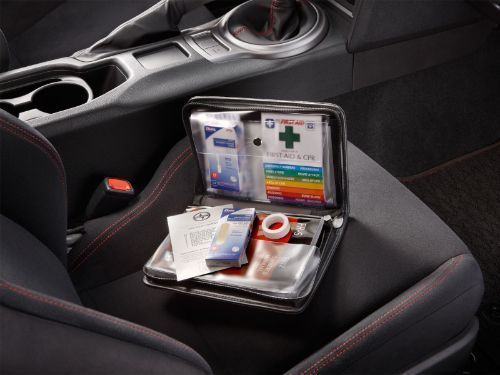
https://www.lezdotechmed.com/blog/personal-injury/brachial-plexus-injury/
Abrasions to the brachial plexus can occur as a result of a variety of factors. The most common is sports injuries. When players collide violently against each other in contact sports, particularly football, there is a risk of neck and shoulder injuries. The nerves in the brachial plexus can rupture completely or abruptly as a result of these powerful blows. Some babies may sustain brachial plexus injury during birth. The baby's oversize or breeched condition can cause the baby to become trapped in the pubic bones. Pulling the baby may cause nerve damage in the shoulder. The brachial plexus can be damaged by a cancerous tumor in the shoulder or radiation therapy to treat cancer. A cut or gunshot wound in the shoulder can also contribute to its severity. The overgrowth of the scar tissue can overlap the nerves and prevent the transmission of the signals to the brain.
What are the Brachial Plexus Injury Types and the Symptoms?
The avulsion is the complete torsion of a nerve root from the cervical spine. The rupture is caused by a partial or complete tear in the brachial plexus. A neuroma is a thickening of the nerves caused by scar tissue. Neuritis is an inflammation of the nerves caused by autoimmune diseases. Neuropraxia occurs when nerves are compressed or injured as a result of traction. Other types of injuries or syndromes that can occur in the brachial plexus include Erb's palsy, Klumpke's palsy, Global palsy, and Horner Syndrome.
Extreme pain from the neck to the fingers can result from a brachial plexus injury. Weakness, numbness, or loss of feeling are also possible. In the case of the avulsion, the complete detachment of the nerve from the cervical spine can result in paralysis to the particular arm.
What are the Complications of the Injury in the Brachial Plexus?
The only way to regain movement on the injured side is to seek treatment as soon as possible. Any delay can reduce the likelihood of recovery. The baby has a better chance of healing from a birth injury during the first six weeks. If the treatment is started within the first 6 to 8 months, it may save your baby's arm from permanent weakness or disability. In the event of a loss of sensitivity, you should exercise caution when handling sharp or hot objects.
Diagnosis, Treatment, and Exercises for Brachial Plexus Injury
A brachial plexus injury can be diagnosed by a physical examination as well as imaging studies such as X-rays, CT scans, and MRI scans. Over-the-counter medications, casts, and splints can all be used to help treat the injury. Exercises are given to improve finger, wrist, elbow, arm, and shoulder flexibility. Occupational and physical therapies can also help with recovery. In severe injuries, surgeries such as neurolysis, nerve graft, nerve transfer, muscle or tendon transfer are beneficial.
Conclusion
The brachial plexus injury is critical because it can impair upper limb movement. Weakness, numbness, and loss of movement in the arm, wrist, and fingers can have a negative impact on daily life. Seeking treatment and therapies on time can prevent further harm.


































